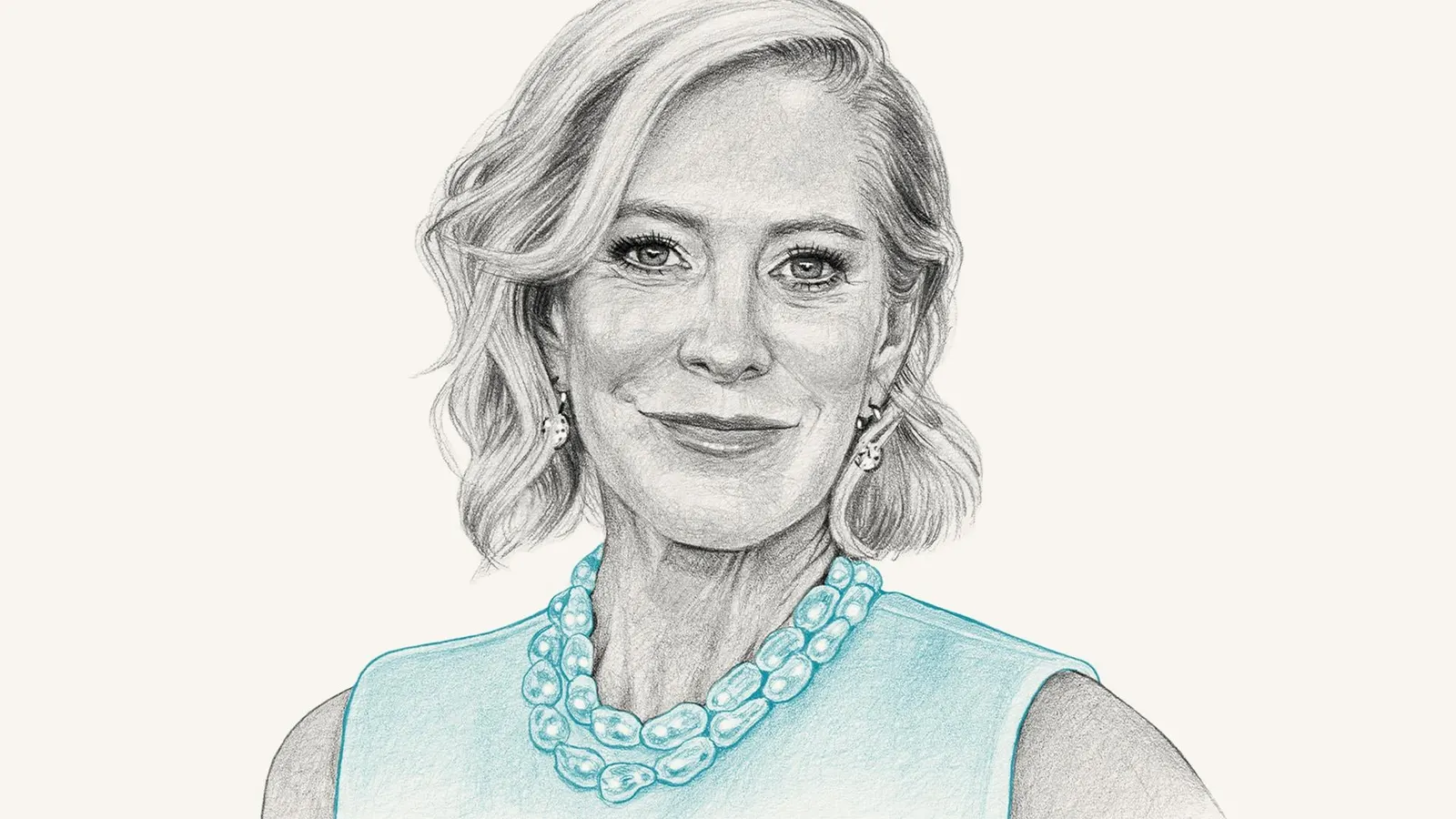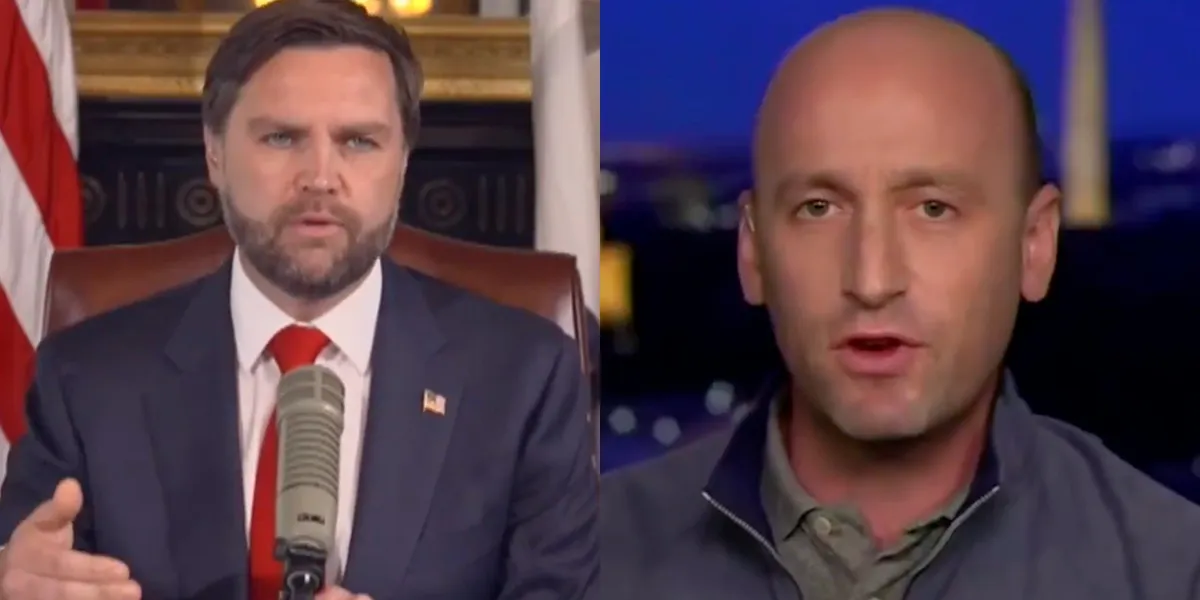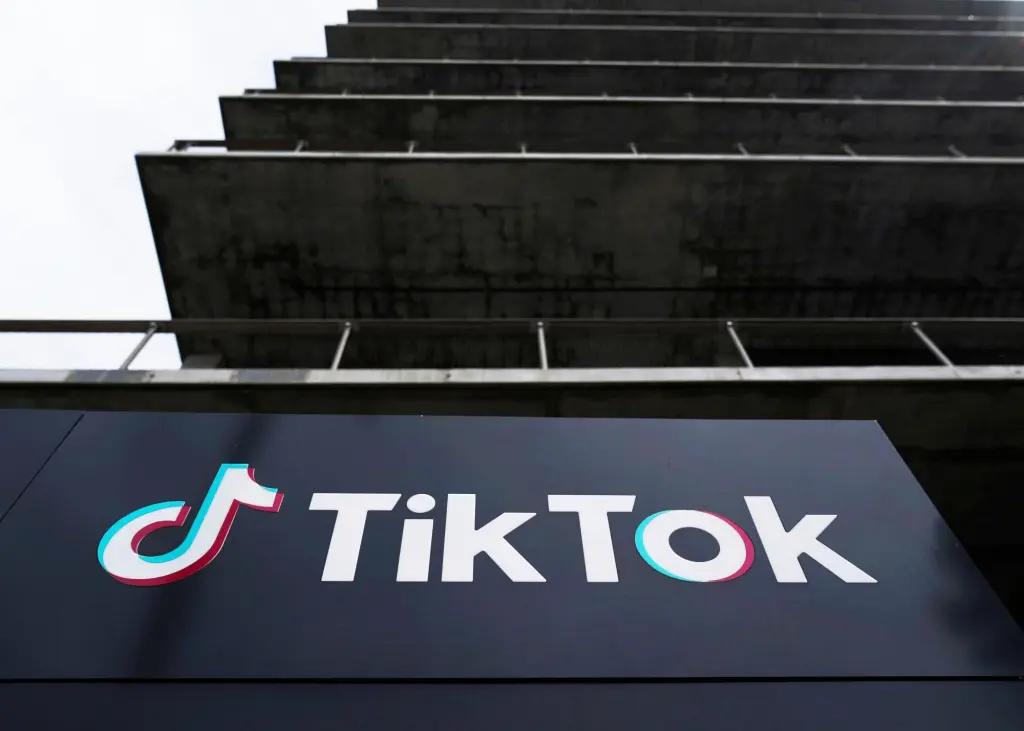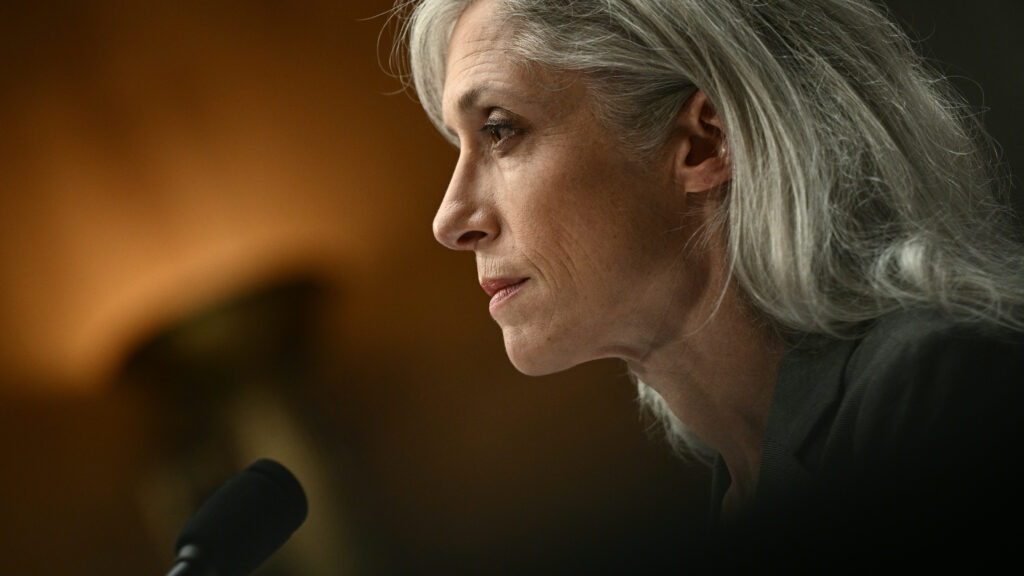By Elisabeth Brier,Forbes Staff,Oriana Fenwick
Copyright forbes

With climate funding under threat, Wendy Schmidt is becoming an increasingly vital philanthropist—supporting deep-sea discovery, public media, and scientific collaboration across the globe.
When a deep-sea expedition off the coast of Argentina this summer discovered otherworldly coral forests, neon-hued sea stars and dozens of other unknown species, the scientific team didn’t just credit advanced imaging or good weather. They credited Wendy Schmidt.
“This expedition would have been impossible without Schmidt Ocean Institute,” said Dr. Martín Brogger, a marine biologist with Argentina’s National Scientific and Technical Research Council and a senior scientist on board. He estimates the value of the ship time, crew, equipment, and technology provided by Schmidt Ocean Institute (SOI) to be around $1.5 million—roughly 1.3 billion Argentine pesos—an investment, he says, that would have been “nearly impossible to match” through public funding. However, under SOI’s model, scientists gain access to the vessel and its resources provided, they share their research openly with the public.
“That’s the deal. It’s about science in service of everyone,” Schmidt told Forbes.
That voyage, one of nearly 100 expeditions supported by Schmidt Ocean Institute, marked a milestone for Argentina, where research of this scale is rarely feasible due to limited scientific infrastructure. It also marked a symbolic one for Schmidt’s expanding role in global climate philanthropy. She and her husband, former Google CEO Eric Schmidt (who Forbes estimates is worth $30.2 billion) have directed a significant portion of their $2 billion in lifetime giving towards environmental initiatives, including more than $450 million into SOI, where Wendy serves as president. With Donald Trump back in the White House and a second wave of federal rollbacks targeting climate funding and scientific independence, the stakes for private science funding have never been higher.
“We’re doing what we always do,” Schmidt told Forbes when asked if her strategy had shifted under Trump’s return. “But the urgency is greater now. We’re doubling down on the work.”
Schmidt’s response to rising political headwinds has been to expand, not retreat. Rather than reshuffling priorities, she’s scaling existing programs, accelerating timelines and backing researchers whose work might otherwise stall without support. That consistency has become a lifeline for the scientific community, and led to her inclusion on the Forbes 2025 Sustainability Leaders list, honoring 50 individuals driving transformative climate progress around the world today.
ROV SuBastian is recovered onto Schmidt Ocean Institute’s research vessel Falkor (too) off Argentina’s coast above the Mar del Plata underwater canyon.
Misha Vallejo Prut for Schmidt Ocean Institute
“The U.S. has long been a leader in climate science. When we pull back, the ripple effects are global,” said Dr. Gretchen Goldman, president and CEO of the Union of Concerned Scientists and a former assistant director in the White House Office of Science and Technology Policy. She’s tracked more than 200 attacks on science during Trump’s first term. “Wendy Schmidt’s funding has kept entire fields alive.” Goldman points to Schmidt’s support for areas vulnerable to political interference or budget cuts—like climate data collection and science communication—as examples of where that lifeline has mattered most.
“She’s not trying to control the science. She’s trying to make sure it survives.”
Dr. Frederik Richards, geophysicist and Schmidt Science Fellow
Since cofounding SOI in 2009 with her husband Eric, Wendy has led efforts that have helped discover nearly 50 new species (with hundreds more pending review), supported more than 1,400 marine and ocean scientists, and livestreamed thousands of hours of deep-sea footage. Most of the 10 to 12 hour dives used to attract just a few thousand viewers, who could watch what was happening at the same time as the scientists on board SOI’s ship. But the Argentina expedition went unexpectedly viral, garnering over 19 million views and 6.8 million hours of watch time, much of it from young Argentinians.
“For many, it was their first time seeing what lies in their own deep sea, the colors, the life, the richness,” says Brogger. “That kind of visibility is rare. It makes science feel real and relevant.”
It’s the kind of high-risk, high-reward research that’s increasingly difficult to fund through traditional channels. Through a constellation of initiatives—including SOI, Schmidt Futures, The Schmidt Family Foundation and 11th Hour Racing—Schmidt has filled widening gaps in public support. The couple’s funding spans climate modeling, biodiversity tracking and tools that help collect and share scientific data openly, with an emphasis on the ocean.
“What Wendy Schmidt does well is buy time for science. But she can’t do it forever. We need governments to re-engage.”
Dr. Gretchen Goldman, president and CEO of the Union of Concerned Scientists
“The ocean is driving our weather, our climate, our atmosphere. It’s absorbing most of the heat. And yet we know so little about it,” Schmidt told Forbes. A longtime sailor, she says her time at sea deepened her understanding of the ocean as a dynamic, interconnected system. “You begin to understand how alive it is—how it’s shaping weather, climate, everything.” She emphasized that the ocean is central to climate stability, biodiversity and global systems, yet remains one of the least understood parts of the planet. “We need to understand the whole system if we’re going to protect it. And that means looking in places we’ve never looked before.”
Wendy Schmidt in Falkor (too)’s Mission Control room where pilots control underwater robot SuBastian as scientists view the livestream.
Schmidt Ocean Institute
Schmidt’s systems-level approach is what many researchers say makes her support so unique. “She’s not trying to control the science,” says Dr. Frederik Richards, a geophysicist who became one of the first Schmidt Science Fellows in 2018 at age 26. “She’s trying to make sure it survives.”
The fellowship, launched in partnership with the Rhodes Trust, places top postdoctoral scientists in labs outside their original fields to spur interdisciplinary breakthroughs and provides them $110,000 as a stipend for a one to two-year placement. For Richards, that meant pivoting from geophysics to sea-level rise modeling—an unusual move that helped him win a €1.5 million ($1.6 million) European Research Council grant to scale his Earth2Sea project, which uses AI to improve forecasts for the 700 million people living in flood-prone coastal zones.
“That fellowship changed everything,” he says. “It gave me permission to take risks. The funding was very generous and the message was: ‘It’s okay to fail. Dream big.’ That’s extremely rare in science.”
Richards also received an additional Catalyst Grant as part of the Schmidt Science Fellows program (up to $10,000) to support cross-disciplinary collaboration among Fellows. “Those networks are just as valuable as the money,” he says. “They encourage science that’s bigger than any one field.”
(L-R) Renata Pertossi (Postdoctoral Researcher, CONICET) and Noelia Sánchez (Postdoctoral Researcher, Argentinian Museum of Natural Sciences) retrieve samples after Remotely Operated Vehicle (ROV) SuBastian returned from dive in the Mar del Plata canyon, one of Argentina’s largest underwater canyons.
Misha Vallejo Prut for Schmidt Ocean Institute
Schmidt’s organizations have also stepped up bridge funding for defunded initiatives like the Keeling Curve, which tracks atmospheric CO₂ levels and lost federal support in 2014, and rural public media. Earlier this year, the Schmidt Family Foundation helped launch the Public Media Bridge Fund to support small stations facing collapse due to dwindling public subsidies.
“People protect what they understand. If we can help people see what’s at stake—and what’s possible—that changes everything.”
Wendy Schmidt
Still, Schmidt is quick to point out the limits of private capital. “We can fund the work. We can show what’s possible,” she says. “But we can’t do this alone.”
Goldman agrees. “Private philanthropy can buy time, but it can’t set regulatory policy or build long-term infrastructure,” she says. “What Wendy Schmidt does well is buy time for science. But she can’t do it forever. We need governments to re-engage.”
That urgency has shaped Schmidt’s evolving portfolio. Her philanthropy now supports everything from local food systems (The Hive, a shared-use commercial kitchen for small-scale food entrepreneurs launched in 2024), to immersive experiences (Agog, helping creators and nonprofit leaders harness extended reality also launched in 2024), to climate communication. In February, she acquired Jigsaw Productions, Oscar-winner Alex Gibney’s documentary studio, to back investigative storytelling on climate and public interest science.
“People protect what they understand,” Schmidt told Forbes. “If we can help people see what’s at stake—and what’s possible—that changes everything.”
That breadth of investment reflects a larger ambition: not just to fund individual projects, but to build durable infrastructure for science, storytelling, and collaboration.
“She has fundamentally changed what’s possible in deep-sea exploration,” said Brogger. “And she’s doing it in a way that centers collaboration and public benefit.”
In Argentina, that was on full display. In a country where biodiversity is under threat and science funding remains precarious, the expedition became something of a national moment.
“They weren’t just seeing coral and sea stars,” Brogger said. “They were seeing that someone believed this work was worth doing.”
More from Forbes
Got a tip? Share confidential information with Forbes.
Editorial StandardsReprints & Permissions



